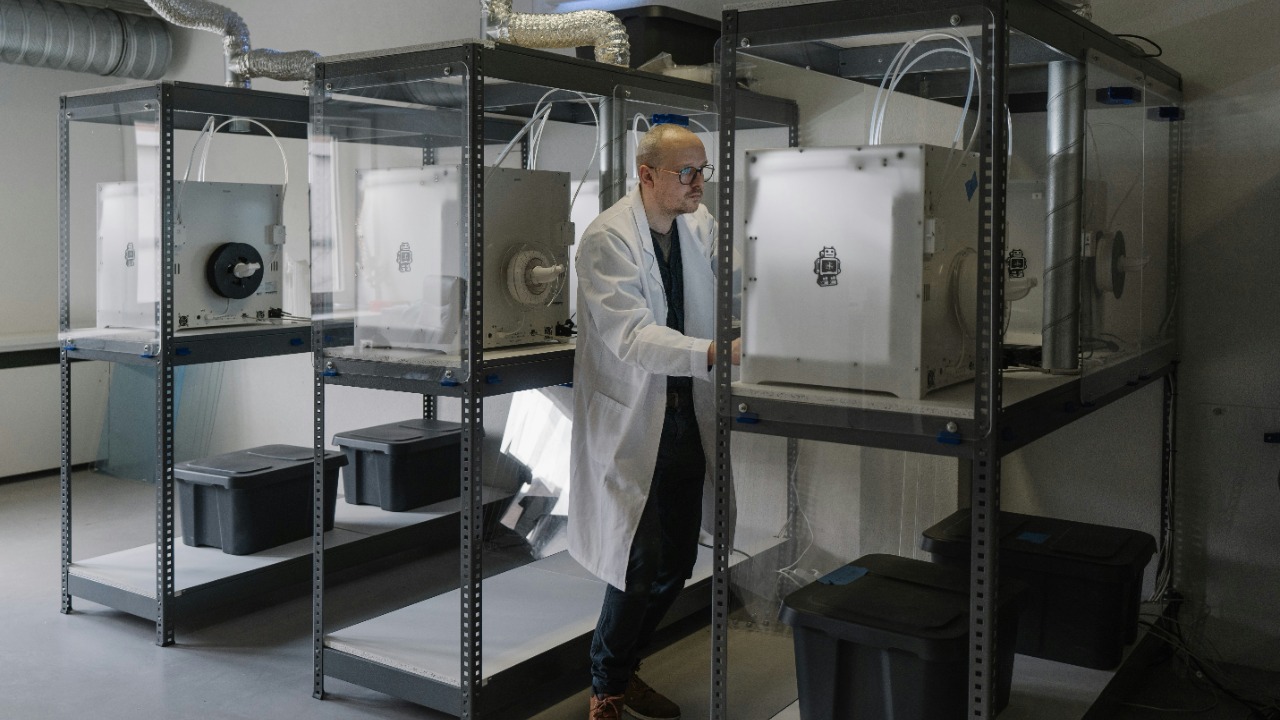
In a groundbreaking scientific achievement, researchers have successfully grown living brain tissue in a laboratory setting. This advancement not only opens new doors for neuroscience but also raises intriguing ethical and practical questions about the future of brain research and its applications. The creation of lab-grown brains, or organoids, marks a significant milestone in our understanding of the brain, potentially revolutionizing disease modeling, drug testing, and even artificial intelligence.
The Science Behind Lab-Grown Brains
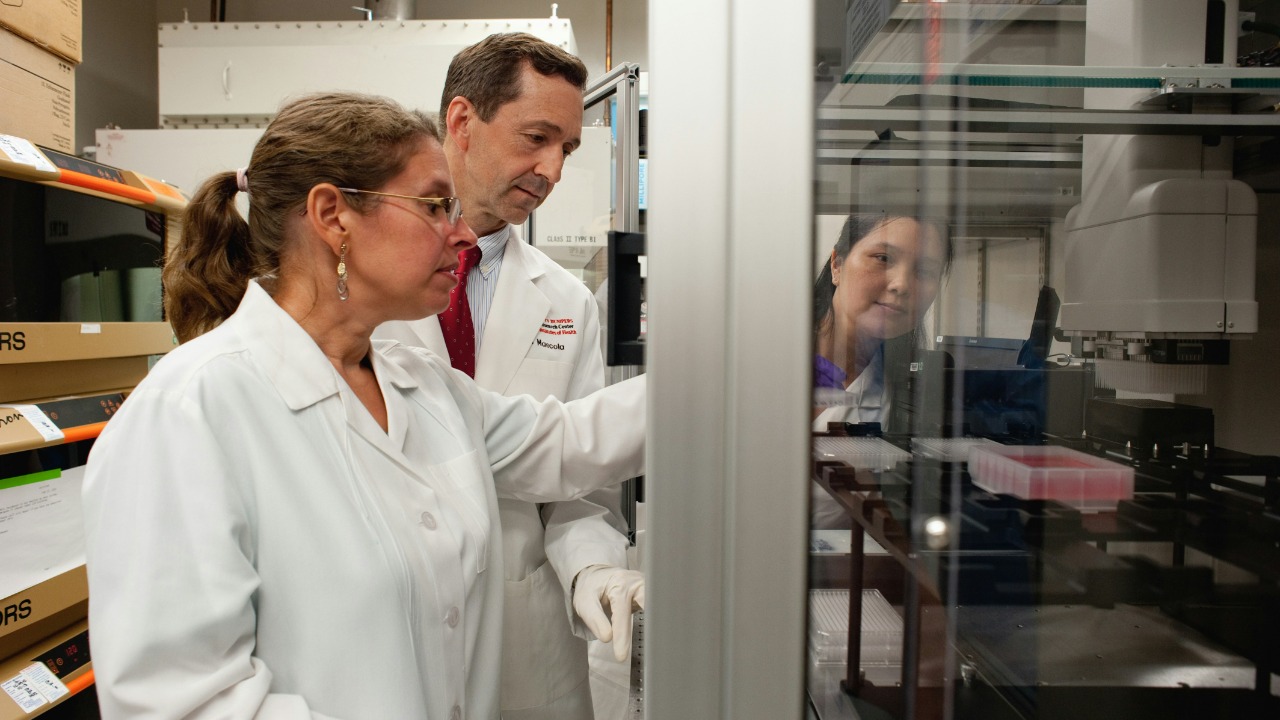
Organoids and Their Development
Organoids are three-dimensional structures grown from stem cells that mimic the architecture and functionality of real organs. In the case of brain organoids, researchers cultivate them from pluripotent stem cells, which have the ability to develop into any cell type in the body. These stem cells are coaxed into developing into neural tissue, forming structures that resemble the human brain in its early stages. This intricate process involves carefully manipulating the cells to form layers and regions similar to those found in a real brain.
The cultivation of neural structures involves a meticulous process of providing the right chemical signals and environmental conditions. By simulating the natural development of the brain, these organoids can develop various types of neurons and glial cells, allowing scientists to study the brain’s complex network. This breakthrough in generating brain-like structures has been made possible by advances in stem cell technology and a deeper understanding of developmental biology.
Technological Innovations
Technological innovations have played a crucial role in the successful growth of brain organoids. Advances in biotechnology, such as CRISPR gene editing and sophisticated imaging techniques, have enabled researchers to manipulate and observe these miniature brains at an unprecedented level of detail. The use of bioreactors, which provide a controlled environment for cell growth, has also been instrumental in supporting the development of these structures.
Biotechnology companies and research institutions are continuously pushing the boundaries of what is possible with lab-grown brain tissue. The integration of artificial intelligence and machine learning into this research has further enhanced our ability to understand and predict neural development. These technological advancements not only facilitate the growth of organoids but also help in analyzing the vast amounts of data generated by such experiments, paving the way for future discoveries.
Potential Applications in Neuroscience
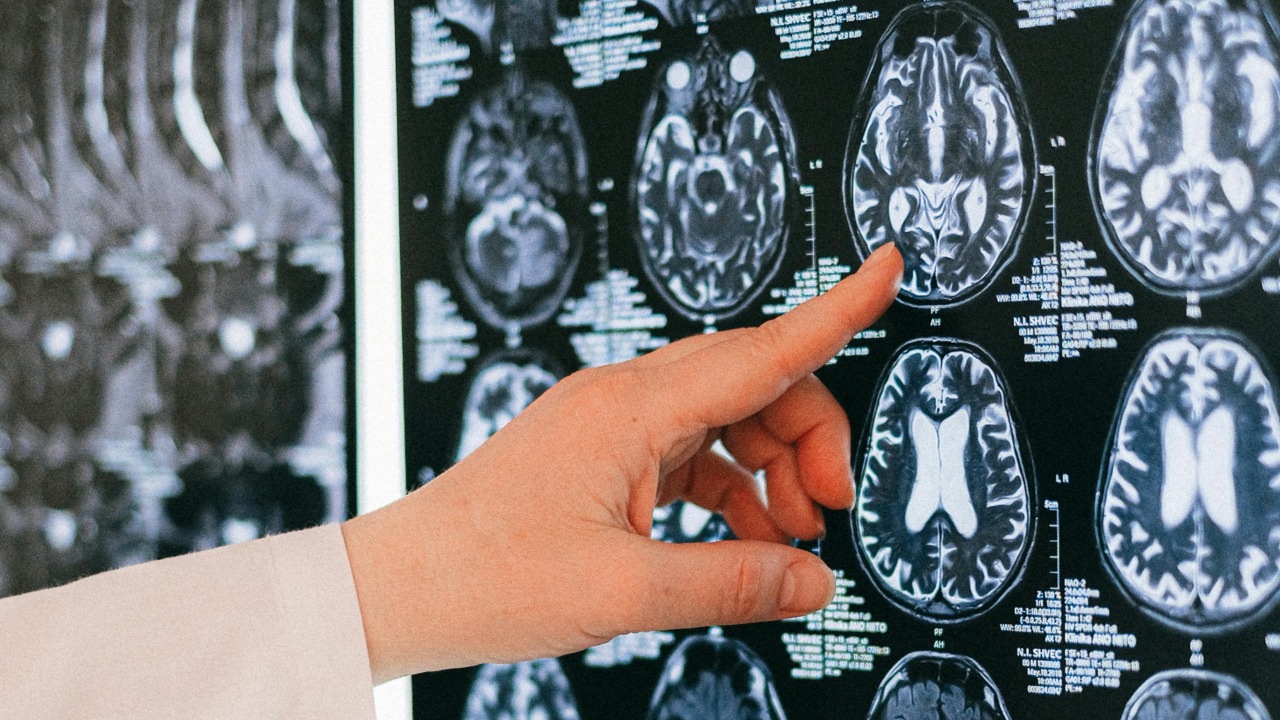
Disease Modeling and Drug Testing
Lab-grown brains offer a promising platform for studying neurological diseases such as Alzheimer’s and Parkinson’s. By creating organoids with genetic mutations associated with these diseases, researchers can observe the progression and effects of these conditions in a controlled environment. This approach provides valuable insights into disease mechanisms and offers a testing ground for potential treatments.
The potential for these models to revolutionize the process of drug discovery and testing is significant. Traditional methods of testing drugs on animals or simplified cell cultures often fail to accurately replicate human brain physiology. Organoids, however, provide a more accurate representation, allowing for more effective screening of new drugs. This could lead to faster and more efficient development of therapies, ultimately benefiting patients suffering from neurological disorders.
Understanding Brain Function
In addition to disease modeling, lab-grown brains offer a unique opportunity to study normal and abnormal brain development. By observing how these organoids grow and organize themselves, scientists can gain valuable insights into the fundamental processes that govern brain function and cognition. This research has the potential to uncover the underlying causes of developmental disorders and mental illnesses.
Furthermore, the study of brain organoids can help demystify the complexities of human cognition. By examining how neurons in these structures communicate and form networks, researchers can better understand the basis of learning, memory, and consciousness. This knowledge could lead to breakthroughs in brain-computer interfaces and the development of more sophisticated artificial intelligence systems, as explored in National Geographic.
Ethical Considerations

Moral Implications
The creation of living brain tissue in a laboratory setting raises significant ethical questions. One of the primary concerns is the potential for these organoids to develop consciousness. While current organoids lack the complexity of a full human brain, the possibility of consciousness, however remote, cannot be entirely dismissed. This raises questions about the moral status and rights of artificially grown brain cells.
The ethical debate is further complicated by concerns about the potential misuse of this technology. The ability to grow brain tissue could lead to scenarios where these organoids are used for purposes beyond scientific research, such as in military applications or unethical experimentation. Addressing these moral implications requires careful consideration and open dialogue among scientists, ethicists, and policymakers.
Regulatory and Policy Challenges
As with any groundbreaking scientific development, the growth of lab-grown brains necessitates the establishment of clear guidelines and regulations. The current regulatory framework for biological research may not adequately address the unique challenges posed by organoids. For example, the question of whether these structures should be afforded certain protections or rights remains unresolved.
Developing comprehensive policies to govern the use of lab-grown brains is essential to ensure ethical and responsible research. These regulations must balance the potential benefits of this technology with the need to prevent unintended consequences. The process of establishing these guidelines will require collaboration among scientists, regulators, and ethicists, as highlighted in a Nature article exploring the complexities of organoid research.
Challenges and Limitations
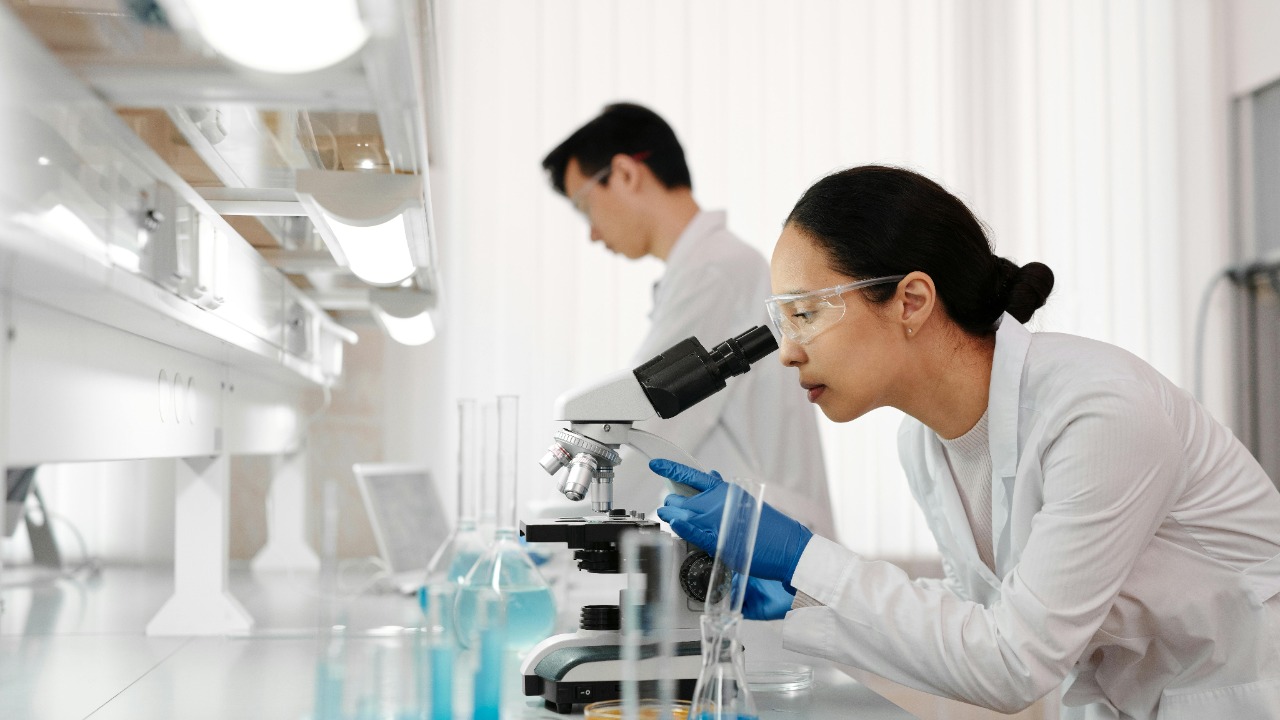
Scientific Hurdles
Despite the remarkable progress in growing brain organoids, significant scientific hurdles remain. One of the primary limitations is the current inability to replicate the full complexity of a human brain. While organoids can mimic certain aspects of brain structure and function, they lack the intricate connectivity and diversity of cell types found in a mature brain.
Additionally, maintaining and growing viable brain tissue over time presents technical challenges. Organoids often face issues related to nutrient delivery and waste removal, which can limit their growth and longevity. Researchers are actively working to overcome these challenges by refining the techniques and materials used in organoid cultivation, as discussed in a report from Michigan Medicine.
Potential Risks
The manipulation of brain tissue carries inherent risks, including the possibility of unintended consequences. For example, altering the genetic or environmental conditions of organoids could result in unanticipated effects on their development and function. These risks highlight the importance of conducting thorough risk assessments and implementing safeguards in organoid research.
Concerns about the potential misuse of this technology also warrant careful consideration. The ability to grow brain tissue could be exploited for unethical purposes, such as creating organoids with enhanced cognitive abilities or using them in military applications. Addressing these risks requires a proactive approach to regulation and oversight, ensuring that the technology is used responsibly and ethically.
Future Directions and Research Opportunities
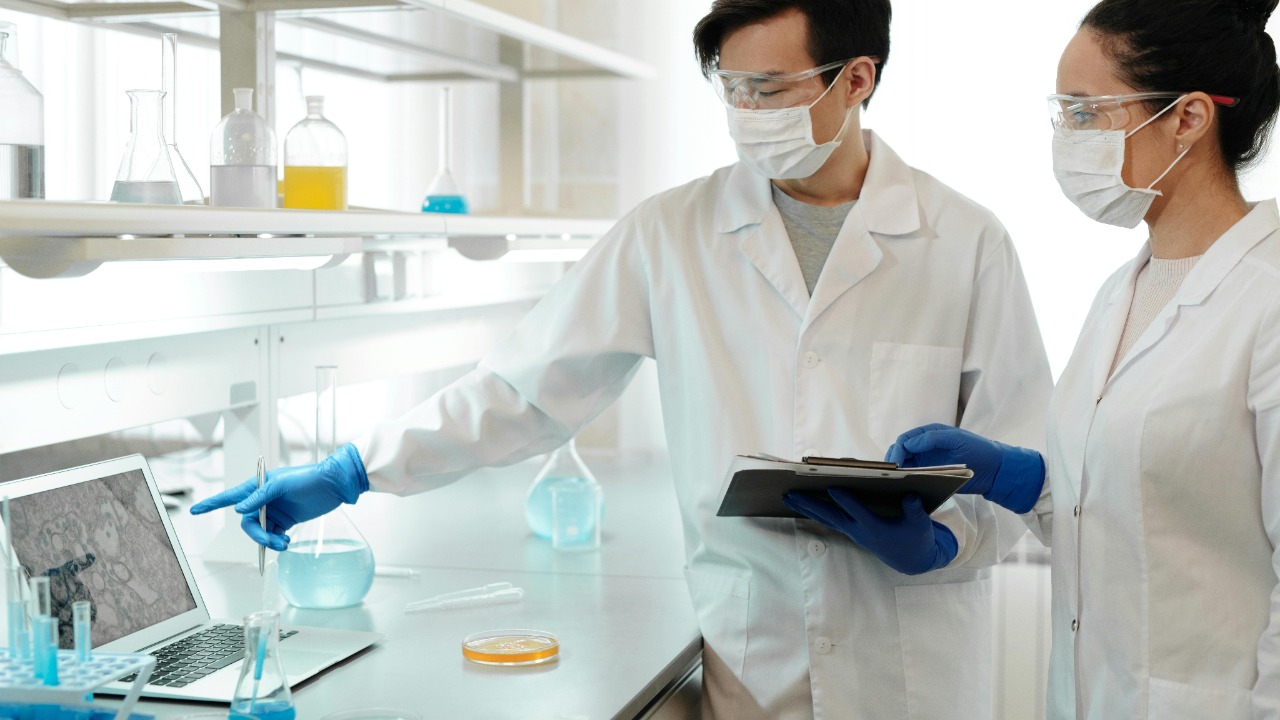
Innovative Collaborations
The future of lab-grown brain research lies in innovative collaborations between various disciplines. Integrating knowledge from fields such as genetics, neuroscience, and computer science can accelerate advancements in this area. Interdisciplinary partnerships can foster the development of new techniques and technologies, ultimately enhancing our understanding of brain function.
International partnerships also play a crucial role in advancing organoid research. By sharing resources and expertise, researchers from different countries can overcome the challenges and limitations currently faced in the field. These collaborations can lead to significant breakthroughs, enabling the development of more sophisticated brain models and applications.
Long-term Vision
The long-term vision for lab-grown brains encompasses a wide range of possibilities, from transformative medical applications to the development of advanced artificial intelligence systems. In medicine, organoids could lead to personalized therapies, where treatments are tailored to the specific genetic makeup of an individual’s brain. This could revolutionize the treatment of neurological disorders and improve patient outcomes.
In the realm of artificial intelligence, lab-grown brains offer exciting opportunities for creating more sophisticated AI systems. By studying the neural networks and cognition of organoids, researchers can develop algorithms that mimic human thought processes. This could lead to the creation of AI systems with enhanced problem-solving abilities and emotional intelligence, as explored in research published by PLOS Computational Biology.
The potential for lab-grown brains to contribute to various fields is immense, and the ongoing research in this area promises to reshape our understanding of the brain and its applications. As scientists continue to explore this fascinating frontier, the ethical and practical considerations will remain at the forefront of discussions, guiding the responsible development and use of this groundbreaking technology.